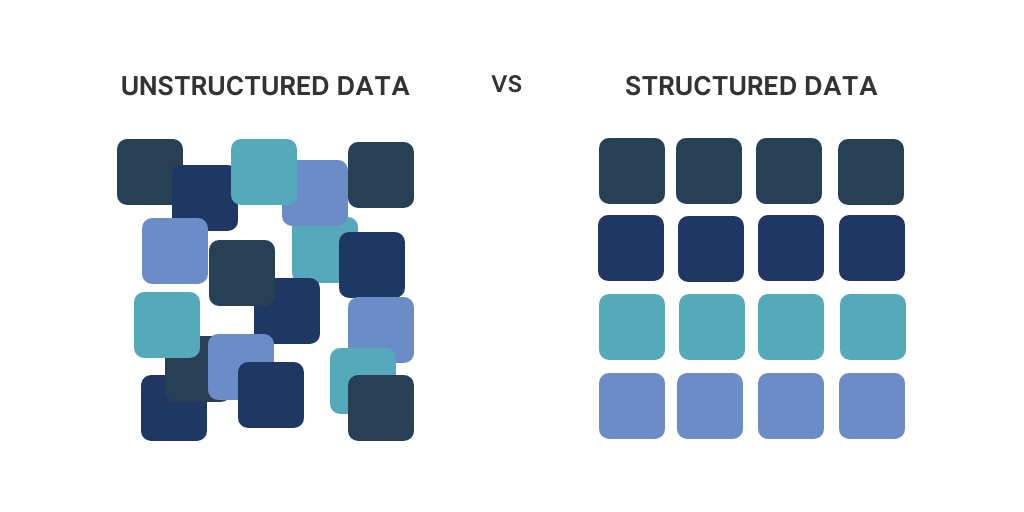Having an SEO checklist for blog posts can mean all the difference for your website traffic. Wait. That came pretty straightforward and doesn’t make a good introduction.
So here’s another one.
Search Engine Optimization has become very vital for businesses today, especially if you want to crack organic online presence. Whether it be your blogs or landing pages, Search Engine Optimization is very important. Because when you appear on top of the search results, you get benefited from increased clicks, free traffic, all leading to conversions at the end (though that’s a different part of the journey, it all starts here).
Also, when was the last time you searched for something on the third page? You don’t remember, right?
This is exactly why you need to have an SEO checklist for blog posts because your blogs are a free source of traffic and you definitely wouldn’t want to miss them!
So, without further delay, let’s take a look at the ultimate SEO checklist for blog posts.
Ultimate SEO Checklist for Blog Posts
We’ll be splitting this article into two sections – the blog optimization part and the image optimization part.
Blog Optimization Part
1. Optimize Your Title With Keywords
This is the first and foremost part of optimizing your article. You have to make sure that your focus keyword is placed in your heading. It would be better if you place the keyword in the first half of the title. Because this directly contributes to the ranking and discoverability factor.
For example, take the topic of this blog
The Ultimate SEO Checklist for Blog Posts – 2022 Edition
Our focus keyword reaserch for this blog is SEO checklist for blog posts. We have managed to place the focus keyword in the first half of the blog post title. If you’re writing a listicle blog, add numerals in front of the topic. This increases the curiosity factor and helps drive traffic to your blog posts.
The ideal title length would be 50 – 60 characters and consider using power words like “effective, best, ultimate, go-to” and more.
You can check the score of your heading using a free heading analyzer tool.
2. First Sentence Keyword Placement
On a scale of 1-10 importance scale, we’d give a 9 for this particular point. Not that other mentioned points are less important but we wanted to stress this more.
Make sure that you add your blog’s chosen primary keyword in the first sentence of the article. This again contributes to the relevancy, ranking and discoverability factor.
If you take a look at this blog, we have placed our keyword “SEO checklist for blog posts” in the first sentence.
If you find it hard to place it in the first sentence, at least try to place it within the first paragraph – should do the job.
3. H2, H3 and H4 Tags
This is another important factor in the SEO checklist for blog posts.
Your heading tags are what gives a chronological order and a clean look and feel to your blogs – your users find it easy to read the blog and understand the content.
Also, make sure that you place your focus keywords and LSI keywords in the heading tags – this improves the relevancy factor when Google’s spider crawls the blog.
If you take a look at this article, you would notice that we have split the article into two using two H3 tags under which there are a lot of H4 subheadings. And all the H3 and H4 tags are clubbed under one H2 tag.
4. Frequently Asked Questions
Provided you get the opportunity, add frequently asked questions at the end of the article. But make sure that you add them only if there are relevant.
FAQs are an ideal opportunity to include LSI keywords and People Also Ask questions. At the end of the day, what matters is how relevant your blog is and how well it is ranking. And for this to happen, you should use every possible opportunity.
Add at least 4 – 5 frequently asked questions in the article. Checking what your competitors have done and looking for ideas in Answer The Public can help you come up with FAQs.
5. The Readability Factor
Only when your blog is easily scannable, readers might want to take a scroll. Also, the readability factor is what makes your blog unique and presents you as a thought leader in the space.
Here are some of the readability practices you should be following,
- Make sure to write short paragraphs with a maximum of 3 – 4 sentences
- Do not use jargon or complex words within the articles.
- Use simple sentences all over. If you have something lengthy to convey, split it up using conjunctions.
Make use of Hemmingway Editor to improve your blog’s readability – the lower the score, the better it is.
Lesser-Known Fact: Most of Brian Dean’s blog posts have a readability score of 4 which is like super crazy!
6. Meta Description
One of the most important factors when it comes to the SEO checklist for blog posts is Meta Description.
An ideal meta description length would be 140-150 characters. Though there’s no fixed limit on the length of meta description characters, crossing the 156-character limit would truncate whatever comes next.
Make sure to add the focus keyword and secondary keywords to the article.
7. URL Optimization
Optimizing your URL is also an important factor. Add the focus keywords and prevent stop words like and, to, if, etc.
Take a look at our URL for this blog – should help you understand what an URL should be like, .
8. Links – Inbound & Outbound
Inbound links are the links that you place within the blog that redirects to landing pages or other resources within your website.
Outbound links are links that you place within the blog that redirects to souces on other websites.
Make sure you place at least one outbound link in the article – this helps build the credibility factor for the article. Have a ratio when you place outbound links – one outbound link for every thousand words.
As for inbound links, you can place multiple links. Just make sure not to overdo it. Having internal links within will help increase the average session duration and traffic on all pages of your website.
A robust internal linking strategy can prove to be a great asset for your business.
9. Beat Your Competitor
By beating your competitor, we mean in terms of the word count. Yes. Writing a blog post that’s lengthier than your competitors can help you grab the top-ranking positions with ease. The idea is to be better than your competitor and adding any additional relevant information should help do the job.
So, that’s pretty much everything you need to take care of in the text part of your blog post. Let’s look at the image optimization part.
Image Optimization SEO Checklist for Blog Posts
These are quick optimization techniques you should be following with regard to images you use for the blog. We’ll take you through a quick overview of this,
- Make sure to add more images than your competitors. If your competitor has come up with in-depth explanatory images, do better than them. Use tools like Nimbus to annotate images and explain them to the audience. Bring in real-time experiences and explain them using images.
- Make sure the images you use on your website are compressed. You can use tools like TinyPNG to do this. It’s even better if you use the Webp format. The lower the image size, the better the page load speed will be.
- Make sure all your images have ALT text. This can help with the ranking factor. The purpose of the ALT text is that when the image appears to be broken on your website, the ALT text explains what the image is about to your audience. And adding ALT text on your website will help with the ranking factor. You can know more about ALT text in this blog.
- Rename images using focus keywords and secondary keywords. This is one of the most underrated techniques a lot of people don’t follow. Leveraging this could make significant changes to your traffic and ranking.
- Add GIFs within the article. Sites like Giphy and Tenor offer the best GIFs around. Adding GIFs to the article will help improve the engagement factor of the article. You can also consider adding emojis to make the article a bit more engaging.
So that’s the professional SEO services checklist for blog posts you should be following.
Final Few Words
Your blog posts are an ideal way to spread brand awareness, drive traffic and increase conversions on your website. And coming up with lengthy blog posts is of no use if you do not optimize them properly.
Following the above-mentioned SEO checklist for blog posts can help you come up with SEO-optimized blogs that will drive results – awareness, traffic & conversions and a strong foundation for your business down the lane.
That said, we’ll wrap up this read now. You can hit the comments section if you have any questions.
Cheers!






